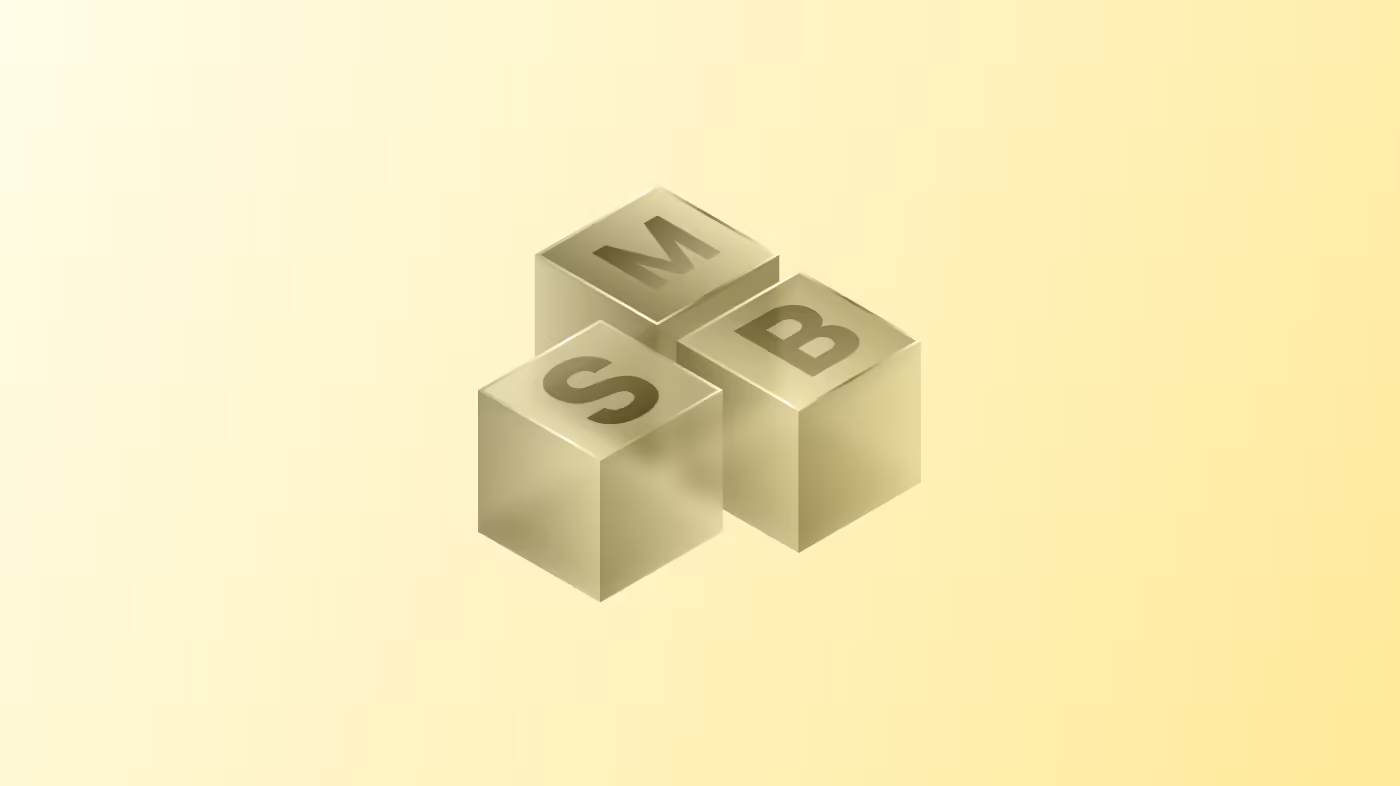The Different Types of Headless Architecture Explained
The term “Headless architecture” can be a bit confusing. You might know what a Headless CMS is but then see people talking about decoupled or hybrid CMS and they all start to sound like the same thing.
So what are the differences?
In this article, we’ll give a rundown on the most common decoupled or Headless architectures and how they work.
What is CMS architecture?
Before we start, let’s look at what the term “CMS architecture” means. In a nutshell, it refers to the way that frontend and backend processes are implemented within a CMS. With a Traditional (or “Monolithic”) CMS, your frontend and backend are closely linked. But in a Headless architecture (and its variations), these elements are separated.
Decoupled:
What is a decoupled CMS?
Decoupled is very similar to a Headless CMS. In fact, technically speaking Headless is a type of Decoupled architecture.
In a Decoupled CMS, the front and backend are detached or “decoupled” and content is pushed to the frontend via an API just like with a Headless CMS. A Decoupled CMS offers a lot of the benefits of a Headless CMS such as more flexible integrations and the ability to change front or back-ends independently.
Decoupled vs Headless CMS
A Decoupled CMS isn’t truly “front-end agnostic”. Even though the layers are housed separately, a Decoupled CMS still has a pre-determined front-end architecture. A Decoupled CMS still prepares content for publication before sending it to the frontend whereas a Headless CMS sends unformatted content.
Decoupled offers some advantages over Headless CMS. With its page templates and pre-built elements, it’s faster and simpler to build and customize your site’s appearance. However, you won’t have the creative freedom that a Headless CMS offers.
Hybrid CMS:
What is a hybrid CMS?
A hybrid CMS is a mixture of traditional and Headless architecture that aims to give a “best of both worlds” experience. The idea is to offer some of the flexibility of Headless while maintaining the familiarity of a Monolithic system.
A hybrid CMS is built onto a standard coupled CMS. So, your website’s front-end is still dependent on compatibility with the back-end and you’ll have all the features of a traditional CMS. You won’t need to hire developers to build your site’s front-end from scratch.
And, with the simpler editing and publishing system of a traditional CMS, content creators won’t have to be as reliant on developers.
However, your content can also be sent via APIs to other channels like mobile apps, other sites, and IoT devices.
Hybrid still involves a lot of the technical work that is involved with a regular Headless CMS. If you want to include any additional front-ends such as mobile apps, they will need to be custom-built.
The benefits of hybrid CMS
Hybrid architecture is less jarring of a switch for your content creators as they’ll still have a WYSIWYG editing UI. And for developers, front-end development will be simpler with one less presentation layer to build. Additionally, it’s a great choice for an omnichannel presence as your CMS provides a single source of truth for your content.
Microservices architecture
What is microservices architecture?
Microservices architecture is a type of Headless architecture. In a microservices architecture, the functionality of your site or application is composed from a range of separate individual components.
The term “microservices” refers to separate tools that excel at one particular function. These are then composed into one CMS. The idea behind this architecture is to be able to compose a “best-of-breed” tech stack where every function can be maintained separately.
For example, let’s say you have an e-commerce website. You can use different tools for your content management, inventory database, payment processing, account management, CRM, email marketing, and storefront UI.
Conclusion
As you can see, there are a bunch of different types of Headless builds available, each having their own strengths and optimal use cases. For example, a microservices architecture would be well suited for an e-commerce platform and a Decoupled CMS would work well for managing a single website.
With the flexibility of Headless and Decoupled CMSs, you’re allowed to be a lot more creative with how you organize your content management and make it suit your individual needs.


